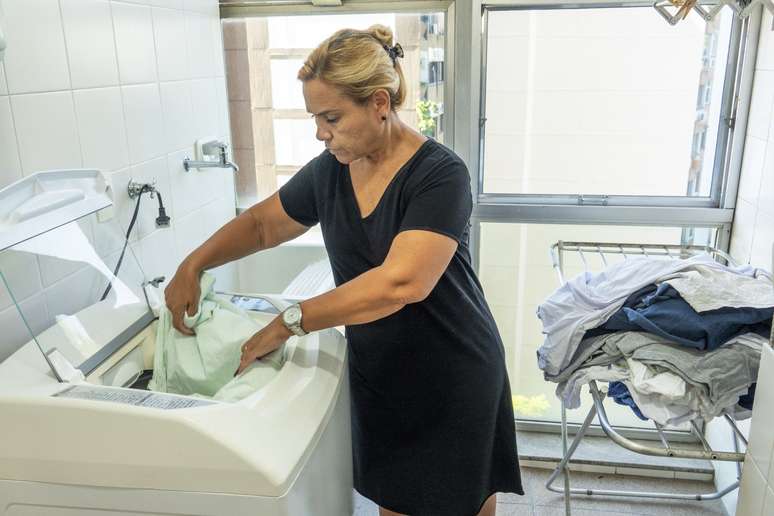Traveling for long hours, whether by car or plane, increases the risk of thrombosis. The doctor gives advice on how to avoid the problem
We are approaching the final part of the year, which means school holidays and breaks from work will soon be upon us. In other words, the ideal time to travel, especially if we think about the heat that is expected for the next few weeks. And for those thinking of traveling or flying long distances, it is important not to forget about vascular health, as it increases the risk of diseases such as thrombosis.
According to Dr. Camila Helena, a vascular surgeon and angiologist at Venous, sitting for long periods can increase the risk of vascular problems, such as deep vein thrombosis.
“Therefore, long-distance travel, whether by air or land, confers an increased risk of thrombosis, with higher rates in those who travel for prolonged periods (e.g., more than 4 hours) and its onset is more common first two weeks after travel”, warns the specialist.
According to her, the cause is not yet very clear. However, the immobility resulting from remaining in the same position for long hours leads to venous stasis (stagnation of blood within the vein). This, combined with high levels or activation of clotting factors, increases the risk of suffering from venous thrombosis.
Camila reports the first signs of vascular problems in her legs. Check:
- Swelling;
- Pain;
- Feeling of heaviness;
- Tingling;
- Changes in skin color.
“If you observe these symptoms, it is important to consult a healthcare provider for proper evaluation and diagnosis,” he emphasizes.
How to prevent vascular problems on long journeys
To avoid the development of thrombosis or similar problems, the doctor recommends taking breaks every two hours during car trips. This moment is used to stretch your legs, walk a little and stimulate circulation. “Also, staying hydrated and wearing comfortable clothes can help,” she says.
On long flights, prevention of thrombosis is critical. “Get up and move around the plane whenever possible. Perform simple exercises, such as flexing and extending your feet and making circular movements with your ankles,” advises the angiologist.
Also in this case it is essential to keep well hydrated, avoid alcohol and sleeping pills and wear graduated compression stockings, if recommended by your doctor. “These measures help blood circulation and reduce the risk of deep vein thrombosis,” says the doctor.
Risk factors increase the incidence of the problem
Camila points out that most people with thrombosis associated with long travel have one or more risk factors for the disease. Among these factors, the professional includes: recent surgery, previous history of venous thrombosis, cancer, pregnancy, advanced age, use of estrogens contained in oral contraceptives or hormone replacement therapy, obesity and thrombophilia.
“Therefore, if you have one of these risk factors and plan to take a long trip at the end of the year, it is important to consult a vascular surgeon to advise on the main measures to avoid venous thrombosis and, in some cases, l ‘use of drugs to prevent thrombosis,’ he says.
According to her, if after the trip you notice that the pain and swelling do not resolve, you should immediately go to the emergency room for early diagnosis and treatment of thrombosis. This is because this is the only measure that can prevent its progression and fatal complication, which is pulmonary embolism.
Source: Terra
Ben Stock is a lifestyle journalist and author at Gossipify. He writes about topics such as health, wellness, travel, food and home decor. He provides practical advice and inspiration to improve well-being, keeps readers up to date with latest lifestyle news and trends, known for his engaging writing style, in-depth analysis and unique perspectives.








